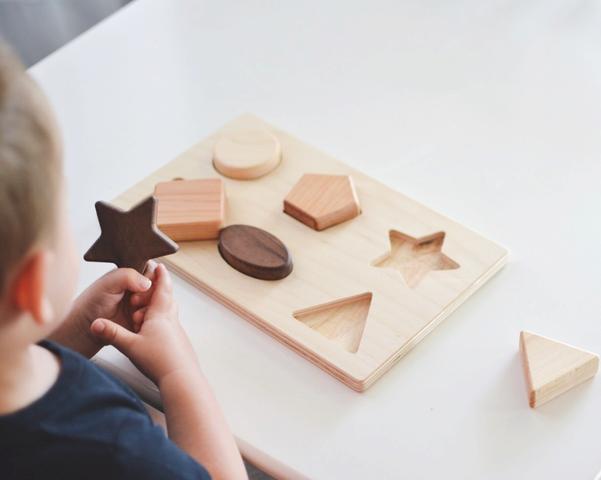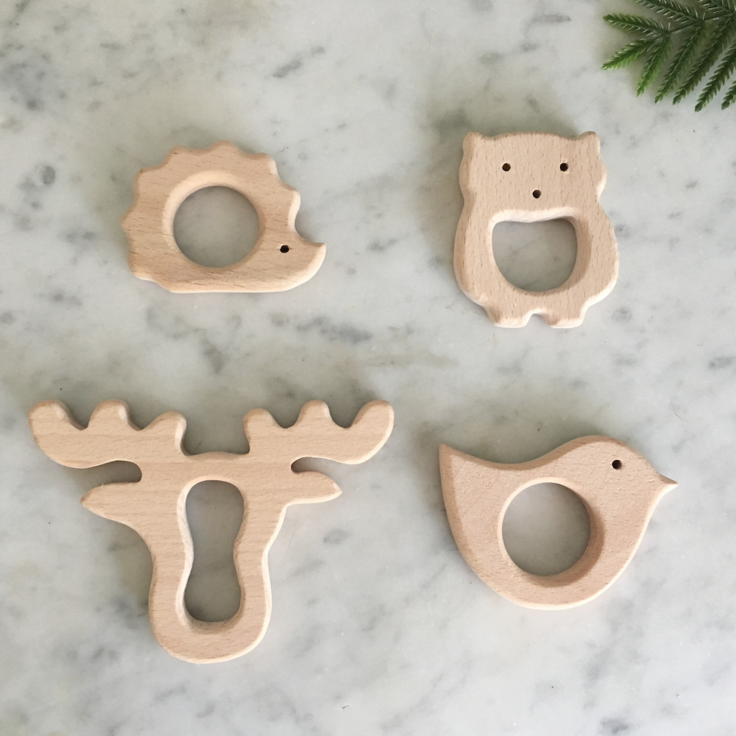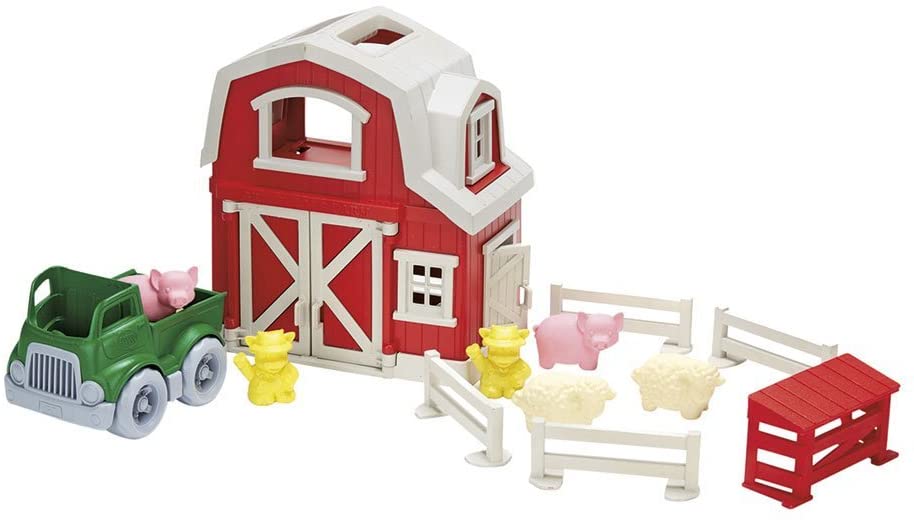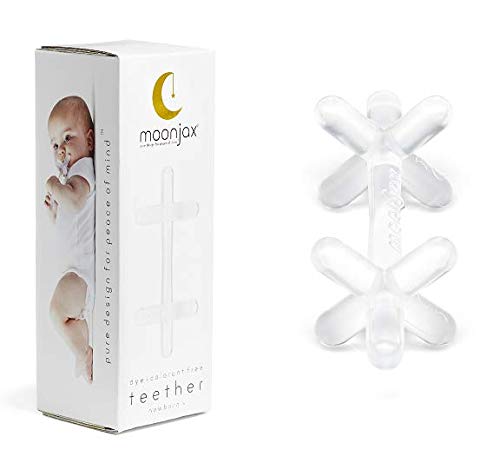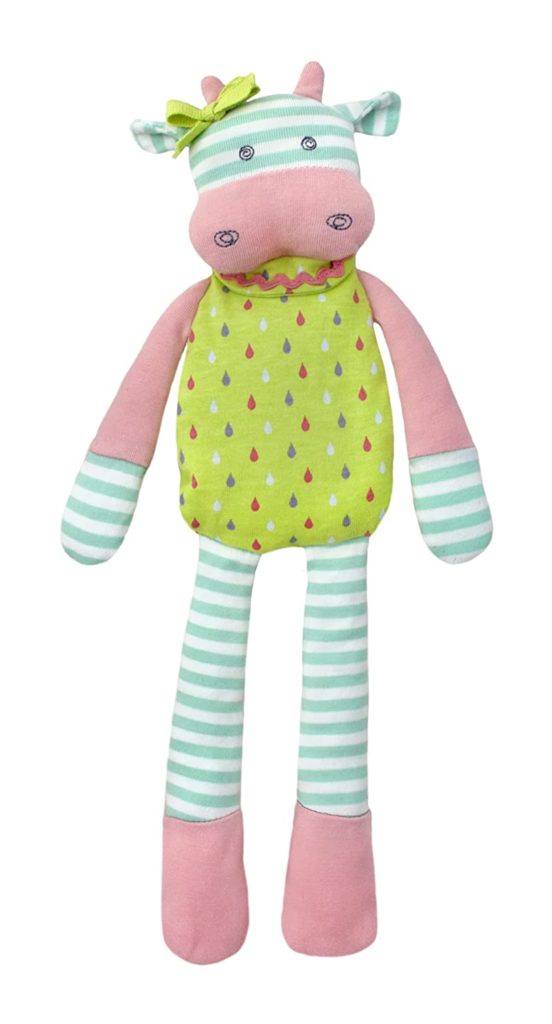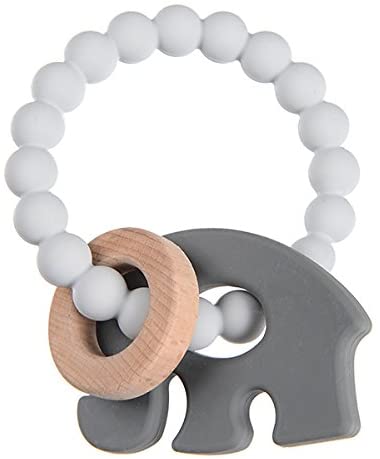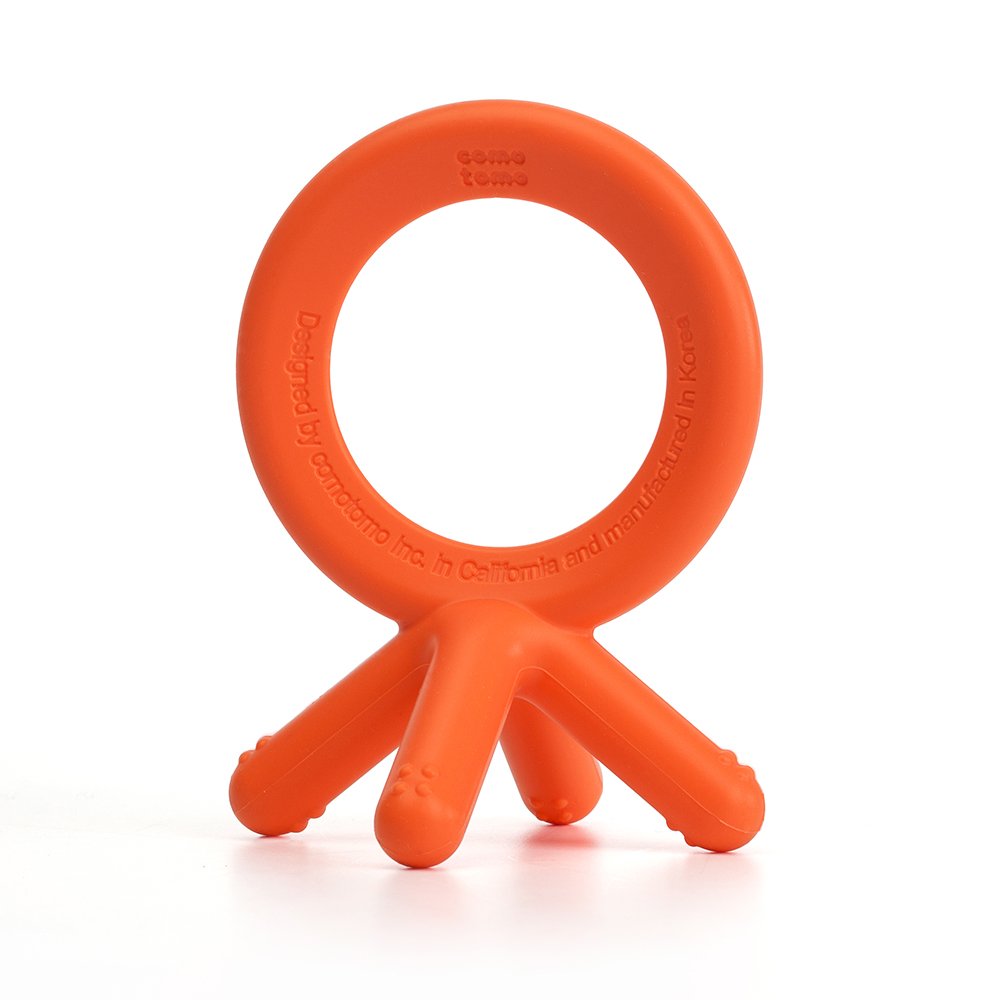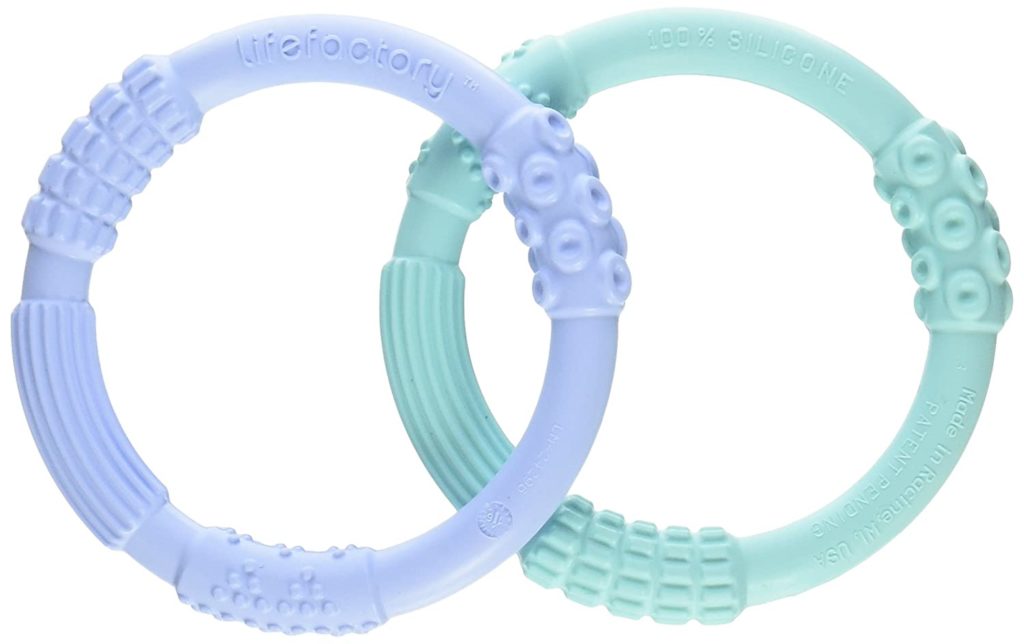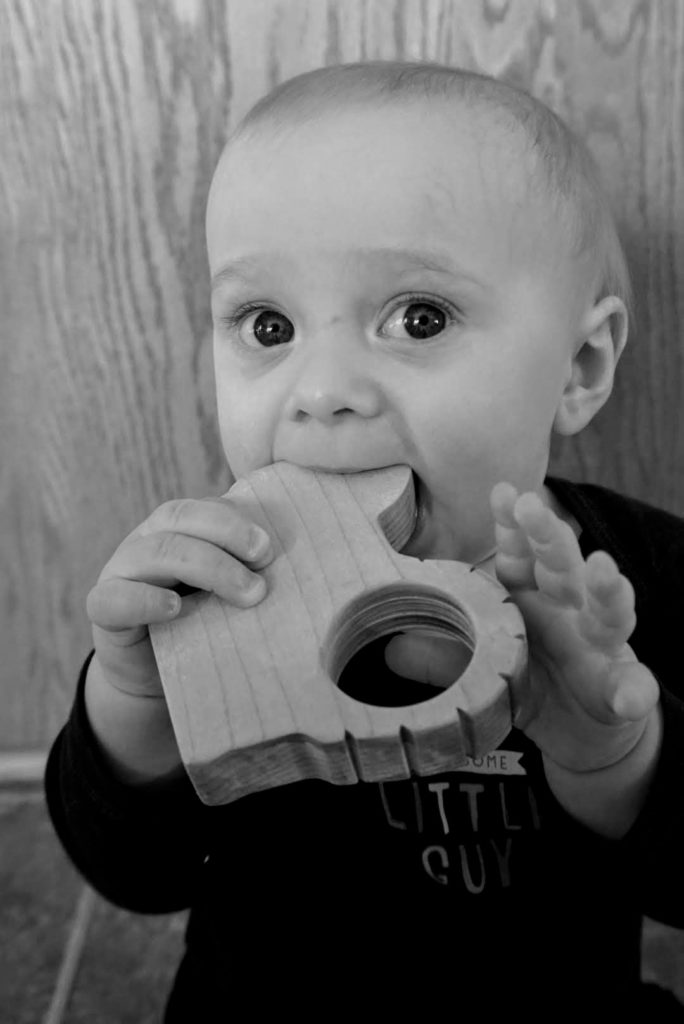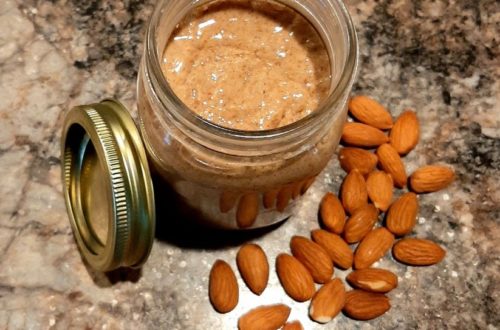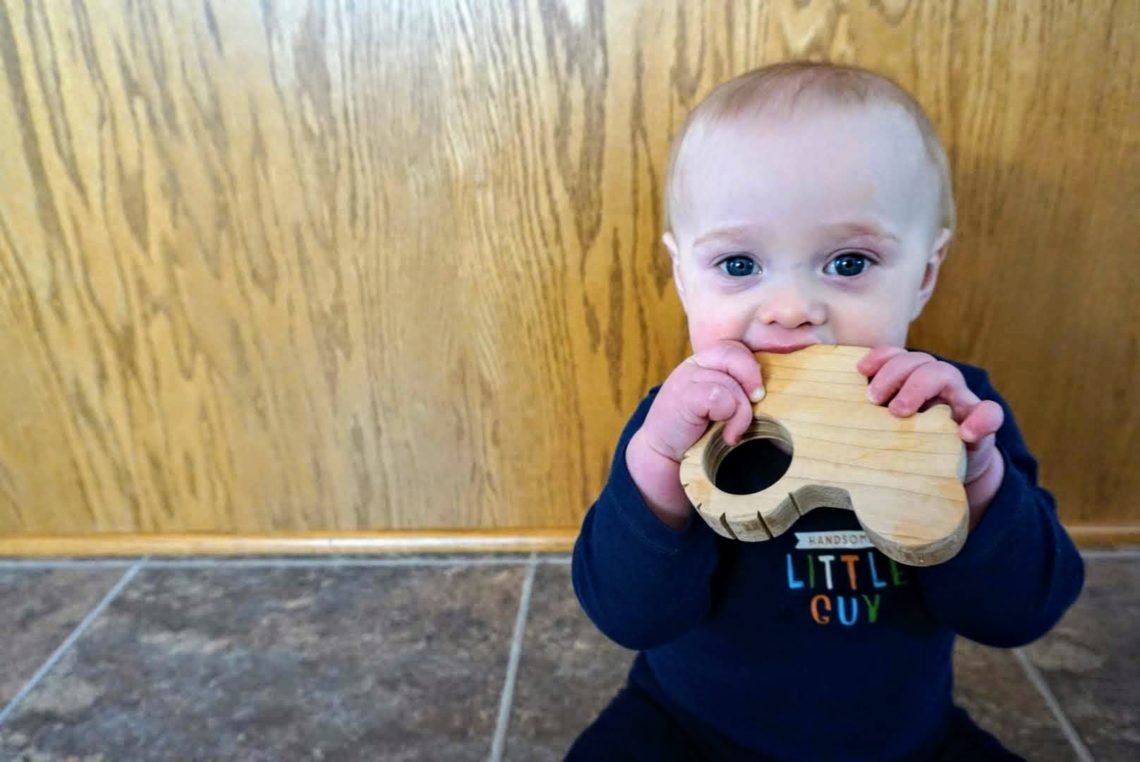
Toxic Free Toys
What do lead, cadmium, phthalates, bisphenol A (BPA), PVC, and fire retardants have in common? They all can be found in toys that children are playing with. It is very common behavior for babies and toddlers to put toys in their mouth to bite, chew, or suck on them. When children touch or put the toys in their mouths, these toxic chemicals can cause harm, some with long term lasting effects.
This post may contain affiliate links and we may earn compensation when you click on the links at no additional cost to you. As an Amazon Associate I earn from qualifying purchases.
Here is a breakdown of chemicals found in toys and the dangers they can create:
Lead
When a child touches a toy with lead and then puts their fingers in their mouths, or when they put the lead-containing object in their mouth, this heavy metal can gradually build up and cause toxicity in a child’s body. This is known as lead poisoning. Lead poisoning can cause symptoms such as headaches, sleeping problems, loss of developmental skills, fatigue, anemia, memory loss, and behavioral problems. Although rare, high lead levels can cause severe symptoms such as severe abdominal pain, vomiting, seizures, encephalopathy, or coma. Lead in toys is most commonly found in the paint or surface coatings.
Cadmium
Just like lead, cadmium is also a toxic metal that has no use in our bodies. Cadmium can be found in paints and surface coatings of toys. Cadmium exposure can cause delayed brain development, cancer, and kidney, lung, and bone disease.
Phythalates
Phthalates are chemicals used to make plastics flexible and durable. Not only can these chemicals be found in plastic toys, they can also be in the wood finishes of certain toys. In children, phthalate exposure can cause changes in reproductive hormones and increase risk of allergies, asthma, and eczema. Phthalates can potentially cause cancer, insulin resistance, and metabolic syndrome. They can potentially interfere with normal growth and brain development.
Bisphenol A (BPA)
BPA is a chemical used to make certain plastics and resins. This synthetic chemical mimics the structure and function of the hormone estrogen. Due to this, BPA can interact with hormone receptors and change the function of those hormones. As a result, BPA exposure can increase risk of early puberty, obesity, diabetes, heart diseases, asthma, and changes in liver function. It can also increase risk of behavior problems such as hyperactivity, aggression, and learning problems.
Polyvinyl Chloride (PVC)
PVC is a widely used synthetic plastic polymer. Exposure to polyvinyl chloride has been associated with an increased risk of brain and lung cancers, lymphoma, and leukemia. Studies have also found a link between PVC exposure and asthma.
Fire Retardants
Toys can be made with polymers and when these polymers break down, they generate heat and flammable gases that can spark a fire. To solve this problem, flame-resistant polymers called fire retardants were created. Flame retardants have been linked to numerous adverse health problems. These include cancer, kidney and liver damage, endocrine and thyroid disruption, adverse effects on fetal and child development, and reproductive toxicity.
What toys ARE safe & non-toxic?
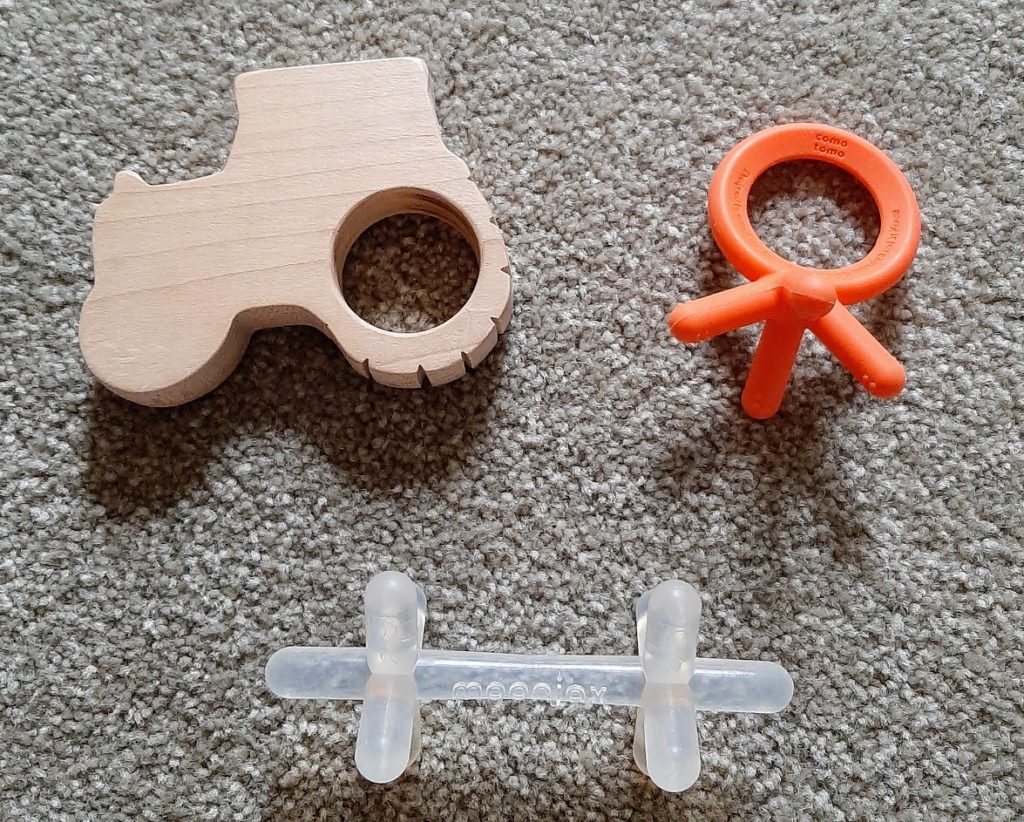
Many plastic, metal, or wood toys contain the mentioned toxic chemicals. Toxic free toys include those made of natural woods, 100% food grade silicone, natural rubber, organic cotton, and plastics that are BPA, PVC, and phthalate free. They also should have natural colorants and dyes, and are free of synthetic colorants.
Toxic free suggestions:
- Avoid plastics marked with # 1, 3, 6, or 7
- Choose wood toys that are coated with natural stains and natural colorants and dyes
- Choose silicone toys that are made of 100% food grade silicone
- Choose plastic toys that say BPA free, PVC free, and free of phythalates
- Look for toys that say lead free, specifically toys that are painted or appear to have surface coatings
- Choose natural materials like organic cotton with plush toys
- Choose natural rubber toys
Here is a list of safe, non-toxic toy brands I recommend:
- Natursutten
- Hevea
- Mali Wear
- Green Toys
- Dordor & Gorgor Organic Plush toy (dye free, natural)
- Chewbeads
- Organic Farm Buddies
- Moonjax
- Lifefactory Teething Rings
- Pickle & Olive
Below is my favorite Amazon picks for non-toxic toys!
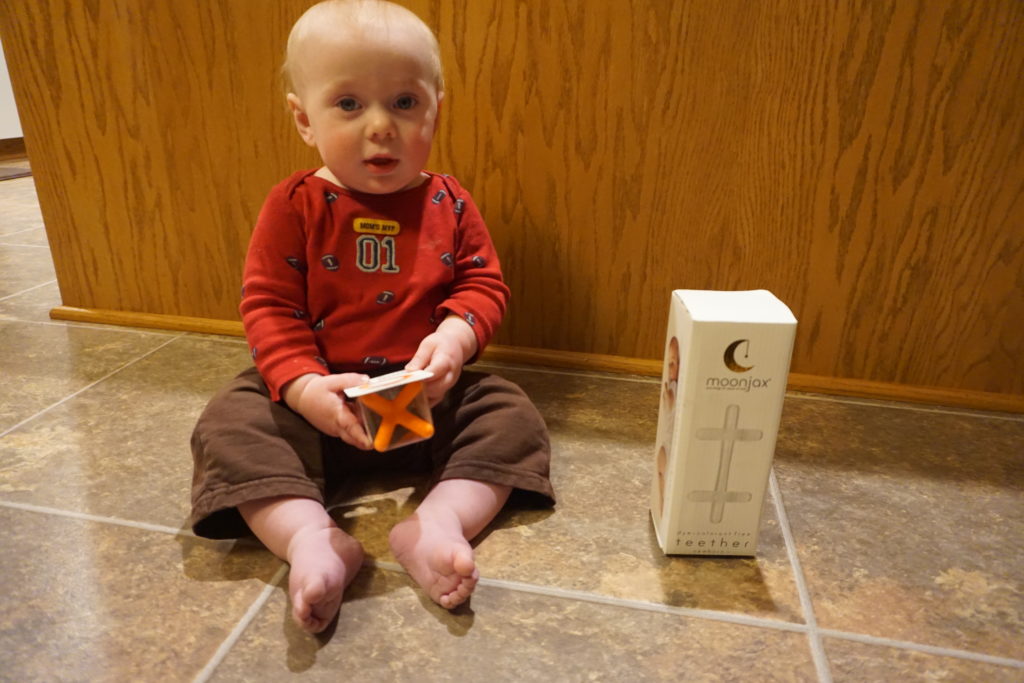
As you may notice from my Amazon picks, these non-toxic toys are not the cheapest. Keep in mind, most children do not play with lots of toys, if given just a few, they will be happy with what they have and are use to! Focus on buying a few good quality, toxic free toys that your children can enjoy safely! Pregnant? Birthday coming up? Add toxic free toys to your wish list for others to purchase for you! 🙂
For the safety of our children, choose toys that are free of harmful chemicals and additives.
Pages: 1 2



